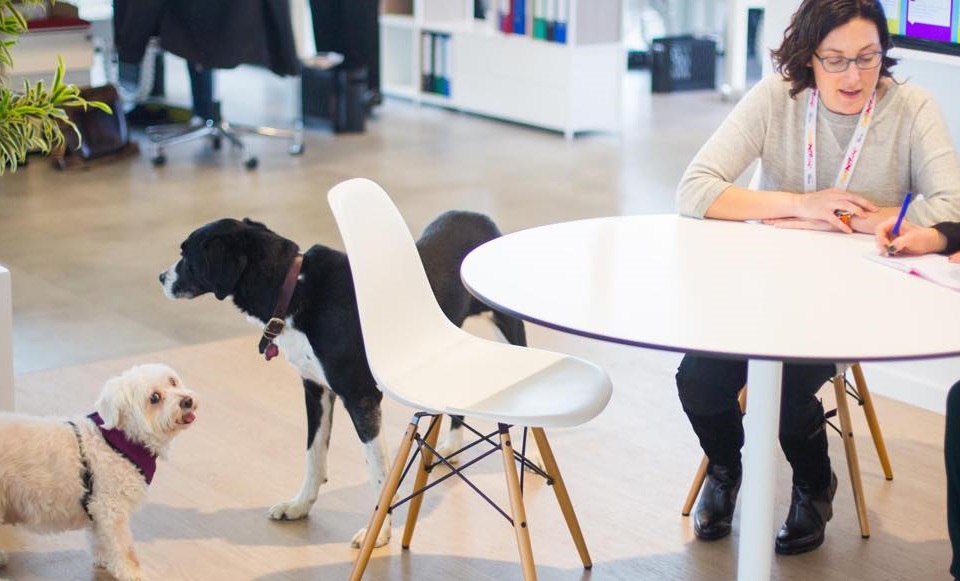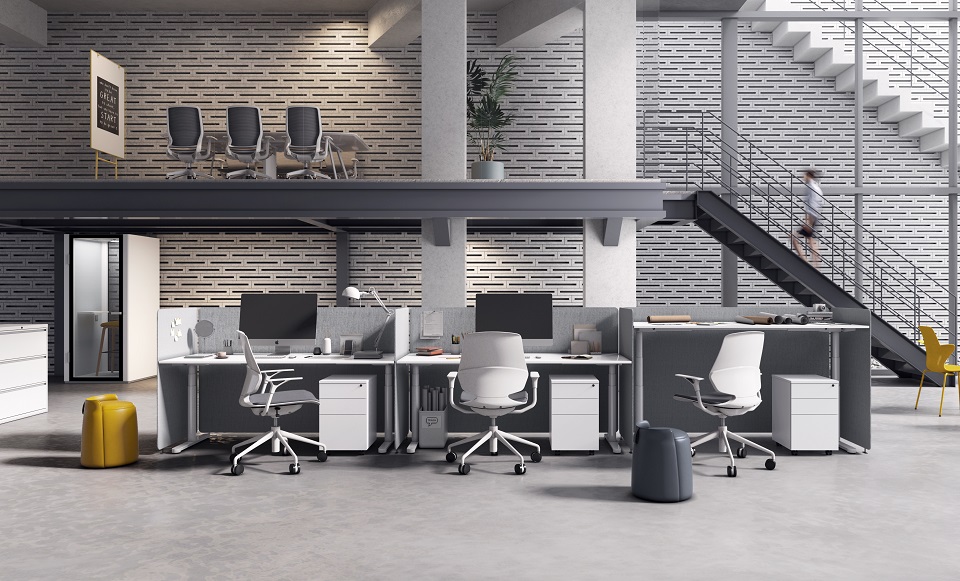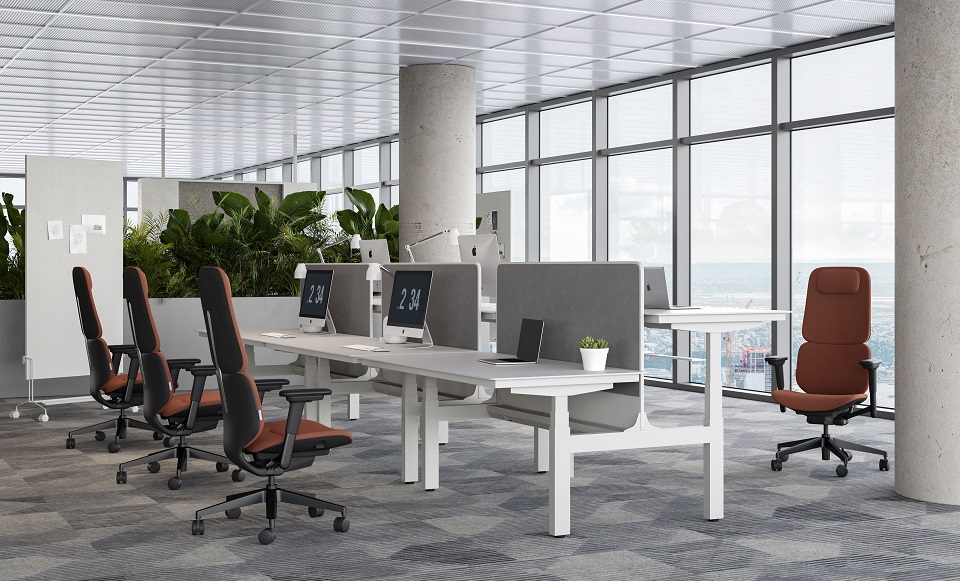
Different office tasks may require different equipment, accessories and layouts. Understanding the basics of the work being performed will help furniture buyers to have a clearer understanding of what workers need in order to make their work more ergonomic.
Good practice suggests that any office furniture buyer should complete a "task analysis," which is defined as "a systematic breakdown of the elements of the job to determine the sequence of operations and the manner in which workers will use the information and equipment provided. The factors to be considered in the analysis are
The important tasks in the work activity and the related equipment, as well as their frequency and duration of use.
Areas of visual attention, these being the use of display input as well as more traditional methods of writing
Position of the upper extremity when undertaking the task
Availability, size, and frequency of use of ancillary equipment.
Aspects of the work environment may also be considered to ensure appropriate selection. Consideration may need to be given to available space and office size, lighting sources, desired interaction with other employees, etc.
Obviously, more than one type of task can be accomplished in an office environment. For example, there may be general users of display screen equipment, but there may also be specialized employees who need different equipment (and therefore may need furniture). Task analysis to identify these specific tasks is important.
According to BS3044, "the primary criterion should always be that the furniture helps the worker to perform the task easily and comfortably," with other considerations, including cost and status, being secondary. In fact, BS3044 states that condition "cannot justify inadequate provision".
Clearly, from a legal perspective, purchasers should also consider adopting reasonable and practicable basic health and safety standards to ensure the health and well-being of employees.
Another key aspect of choosing office furniture is the profile of the personnel who will be using the equipment. It goes without saying that a typical workforce will be made up of individuals of all different sizes and dimensions.
Ideally, all furniture will be designed specifically for each employee. However, for reasons of cost and efficiency, this is rarely a practical proposition. The solution is to provide furniture that can accommodate as many users as is reasonably practicable.
In fact, BS3044 states that "there are considerable areas of overlap, so most changes can usually be accommodated by adjusting and carefully arranging the workplace".
Therefore, furniture and equipment should be carefully selected to provide the widest possible range so that it can be easily adjusted to a variety of body types and shapes, with as many risk-reducing measures as possible.
Although most organizations are prepared to purchase additional equipment, such as specialized chairs and keyboards, this is often in response to symptoms of musculoskeletal problems in individual employees, rather than as a preventative measure.
However, some employees may be at the extreme end of the range or have specific physical limitations that prevent them from using ordinary adjustable furniture. In such cases, employers will have to make special provisions if the individual worker has a particular problem or disability.
It is best to give employees the opportunity to test equipment and furniture before making a final decision. It is important to remember that people accept change with varying degrees of ease. Therefore, it is important to actively involve employees in the decision-making process to select furniture and equipment that is appropriate for them and their work tasks.
Equipment evaluations should assess adjustability, task suitability, compatibility with other equipment, and effectiveness in mitigating risk factors or health concerns. Wherever possible, furniture should be evaluated before it is purchased.
Consulting an expert, especially if the organization has little or no knowledge of ergonomics, may also be a valuable investment throughout the purchasing process, as certain items (such as specialized chairs) are often expensive items.
Training on how to use, adjust and readjust new equipment is also critical to the successful introduction of new equipment and furniture into the workplace.
WEWORTH Furniture is a professional office furniture supplier in China. Since its establishment, the company has been at the forefront of the office furniture industry and has continued to grow.With the development of the global furniture industry in the past ten years, we have accumulated a wealth of experience in the office furniture industry. We can meet the different project design requirements of our customers and provide them with different kinds and styles of furniture.

Jun. 21, 2023

Jun. 20, 2023

Jun. 16, 2023

Jun. 15, 2023

Daniel Yao
Yose Lang